Andrew Forward
Background
5’,10”, 165 lbs. I generally wear a size Medium for pants and more relaxed-fit items, and a size Large for more technical slim-fitting pieces. (see Bio)
I spend most of my time snowboarding in the wet, maritime climate of south-central Alaska, such as the Chugach Mountains, and occasionally in the colder, drier climate of the Talkeetna Mountains or the Alaska Range. I prioritize maximum weather protection and durability over breathability due to the wet snow, significant winds, and rain / sleet often encountered in these areas. I tend to run on the warmer side, so I generally opt for thinner base layers. Whether it’s splitboarding, snowmachine-accessed snowboarding, or riding in the resort, I use pretty much the same kit, and find that it works well for all of those activities.
ONE KIT FOR TOURING + RESORT
Base Layers
• Top: Patagonia Capilene Midweight Zip Neck
I prefer a fairly light base layer with a zip-neck to dump out heat on strenuous climbs or skins, especially when heavy precipitation requires wearing a shell over it. For a base layer, I tend to prefer lighter options, since you can always add more layers for warmth, but the same cannot be done for a base layer that is too warm, and there is nothing worse than changing over a splitboard with a wet, sweaty base layer in howling winds on the summit.
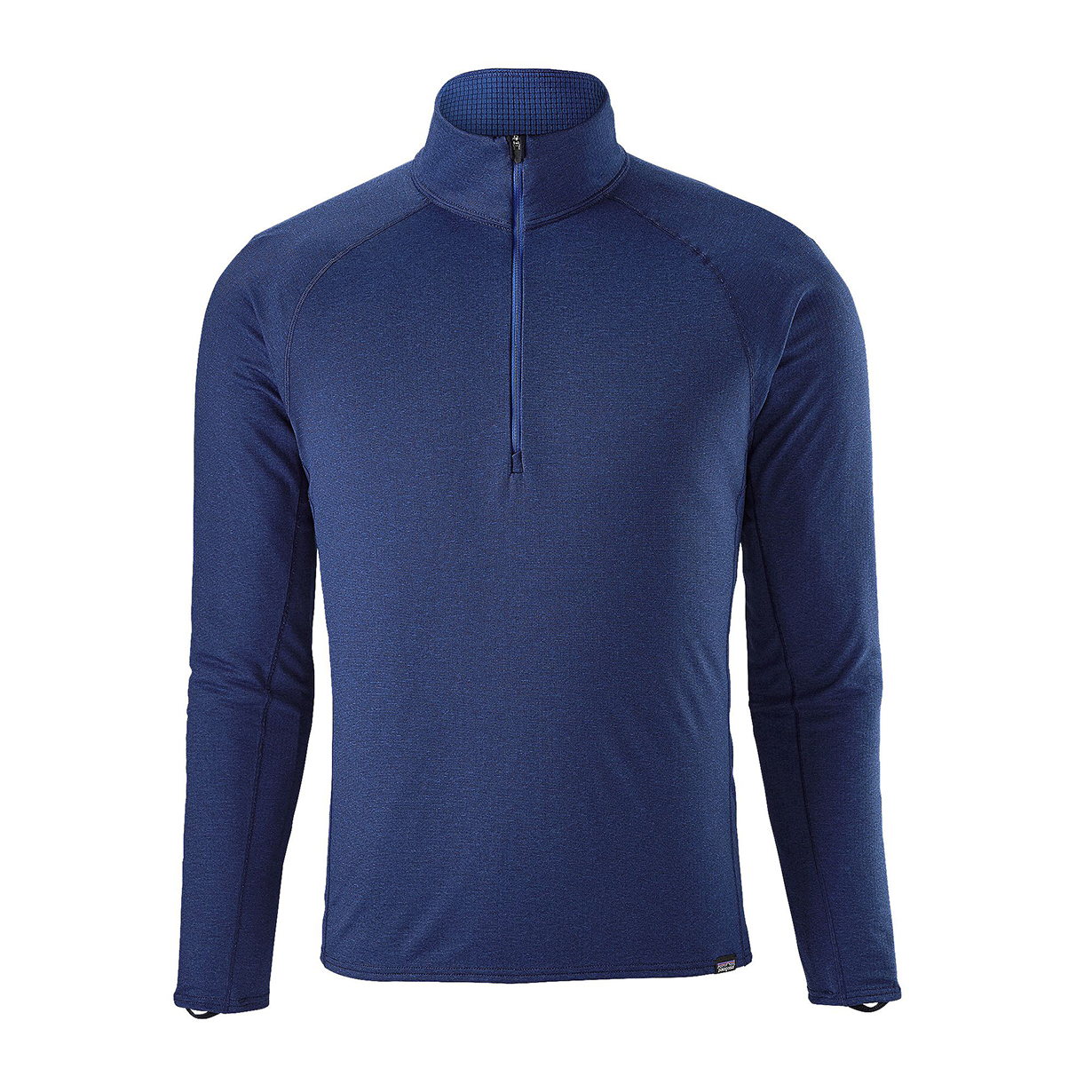
• Bottom: Quiksilver New Wave Highline Boardshort
Regardless of the temperatures, from well below zero to hot spring days, I have always worn board shorts for my bottoms due to the lightweight, semi-elastic feel, quick-drying nature, and coverage to the top my snowboard boots. If it’s unbearably cold while winter camping / touring, I will occasionally use the Patagonia Capilene Midweight bottoms.
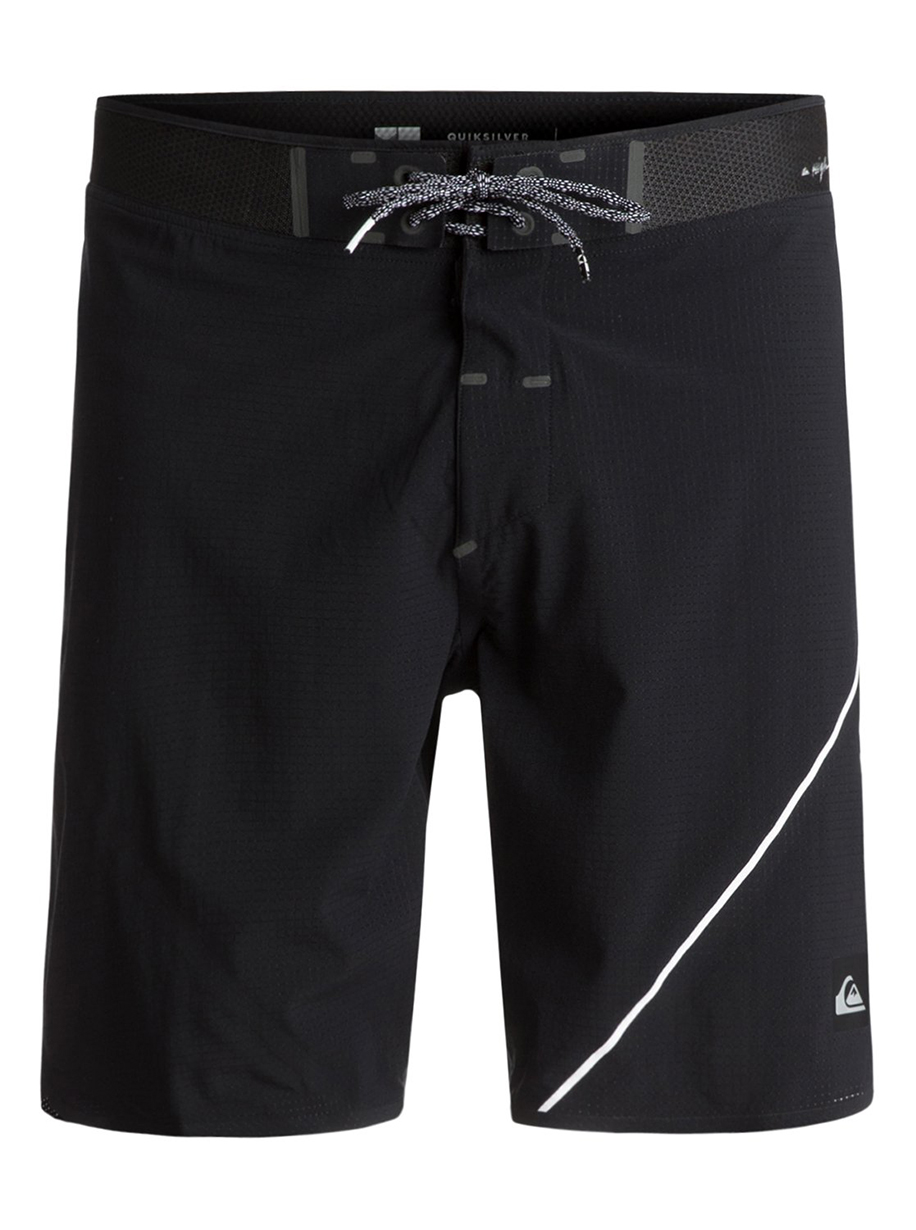
Mid Layer 1: Patagonia R1 Hoody
The most used piece of clothing I own is the R1 Hoody. It’s a great layer to start touring in without instantly overheating, and can quickly be tossed on at the top under a shell. For 80% of my days touring, my warmer layers stay in my pack for emergencies, and the R1 acts as my swiss-army knife layer for the descents and everywhere in between.
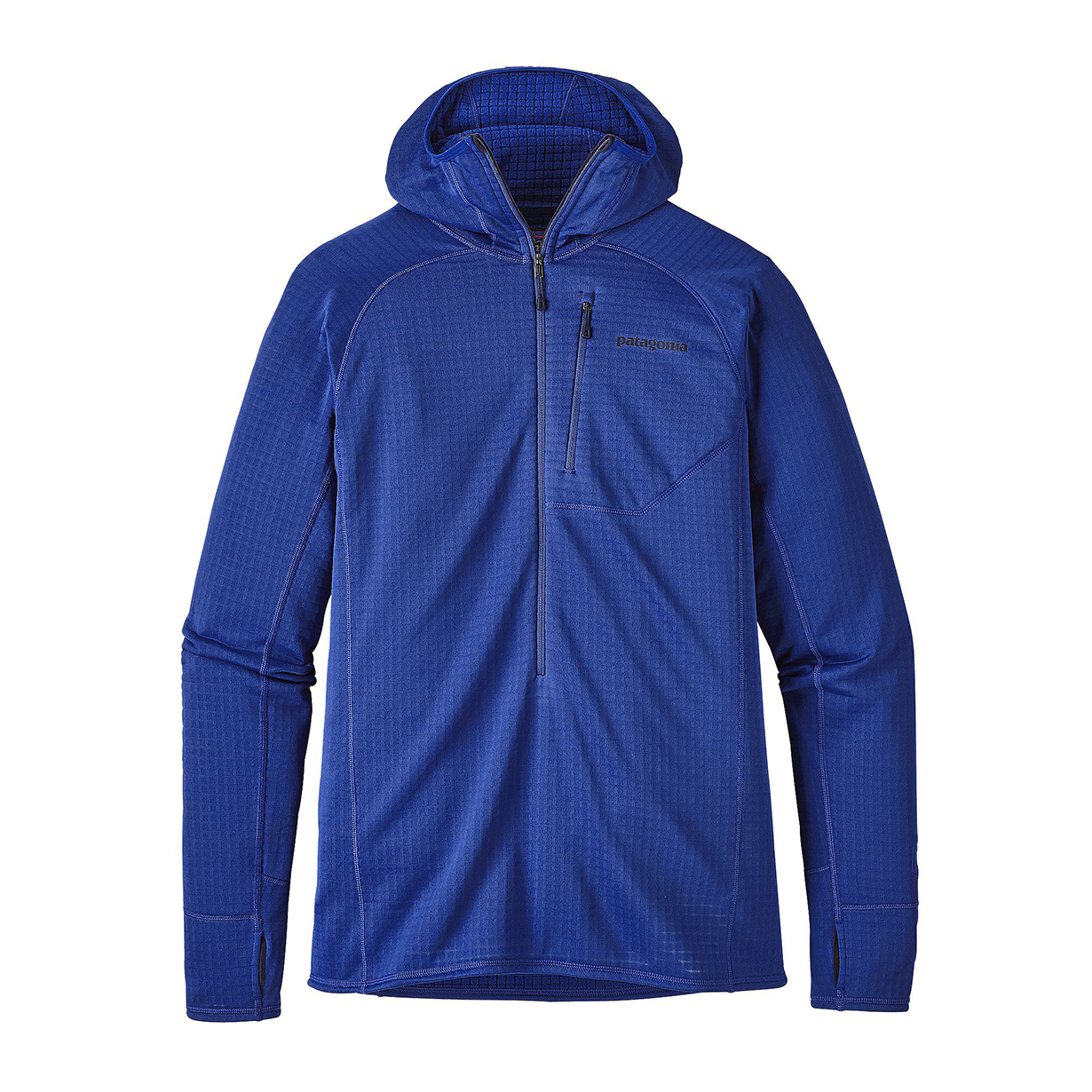
Mid Layer 2: The North Face FuseForm Progressor Fleece Hoodie
For warmer days (40+ F) or strenuous activity, I like to take out the Progressor Fleece instead of the Patagonia R1 Hoody. The Progressor Fleece is similar to the R1 in that it has a slim fit, but it’s much thinner, stretchier, and lighter, offering greater breathability during intense activity.
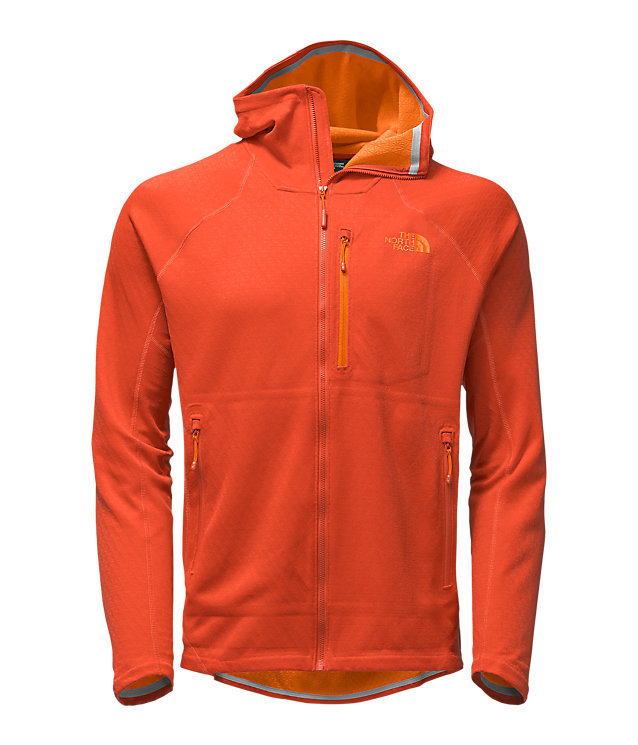
Mid Layer 3: Patagonia Micro Puff Hoody
The Micro Puff Hoody is a great complement to the relatively cooler / thinner base layer approach I use while touring. I primarily use it as a way to stay warm while unloading at the car, during prolonged breaks or emergencies, and for instant warmth if I’m sweaty and wet during the splitboard transition. Although I rarely use it unless it’s below 20°F, the Micro Puff lives in my backpack on most touring days.
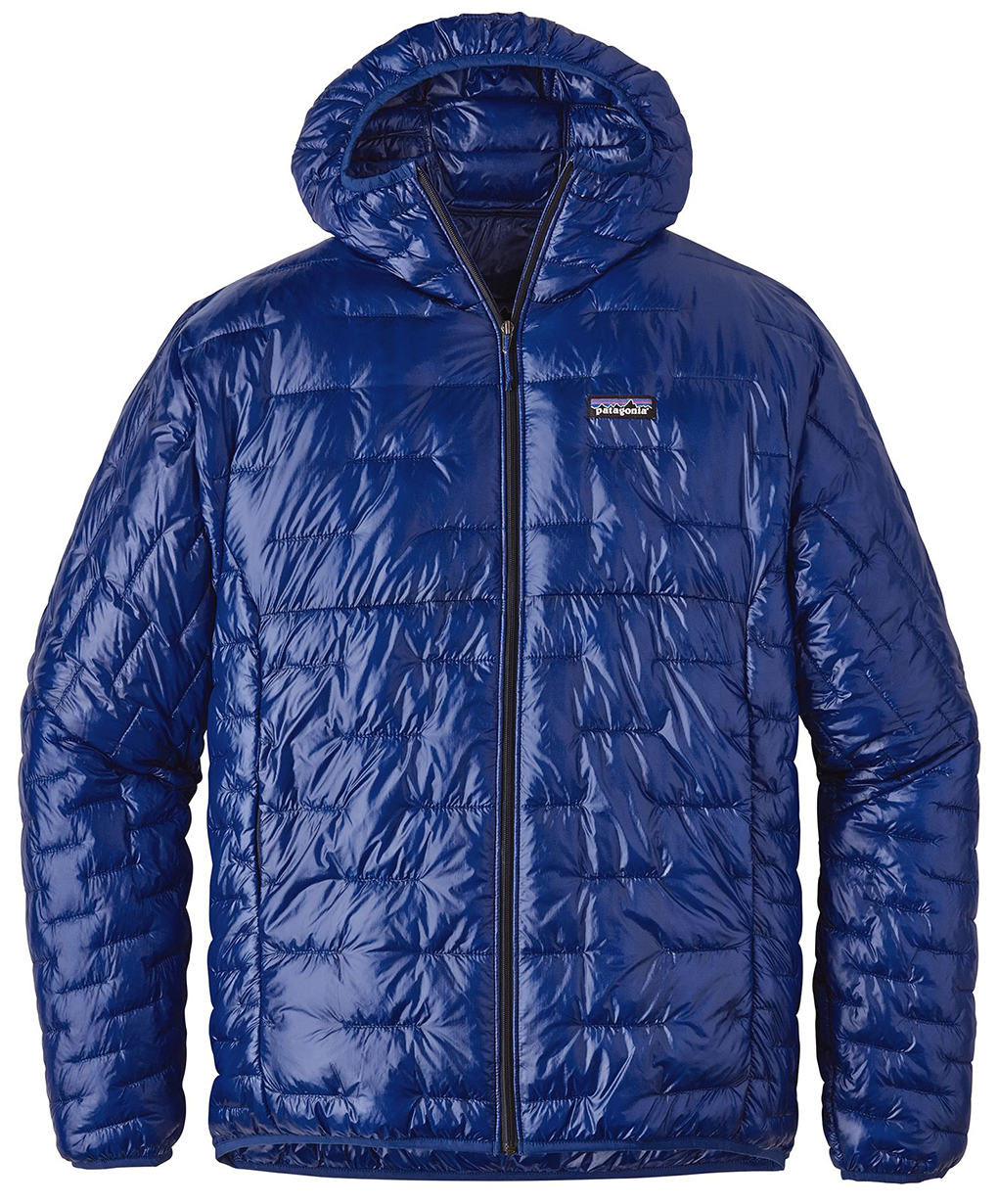
Shell
• Jacket 1: Patagonia Untracked Jacket
This has been my number one choice for the last 4 years in the backcountry. Although bulkier and heavier than the Patagonia PowSlayer jacket, I have appreciated how much more durable the material on the Untracked is. Whether it’s rocks, trees, or snowmachines, this jacket is durable enough to last for multiple seasons and has remained extremely weatherproof. It has a nice, relaxed fit, a media pocket, and internal pockets to hold skins for the descent.
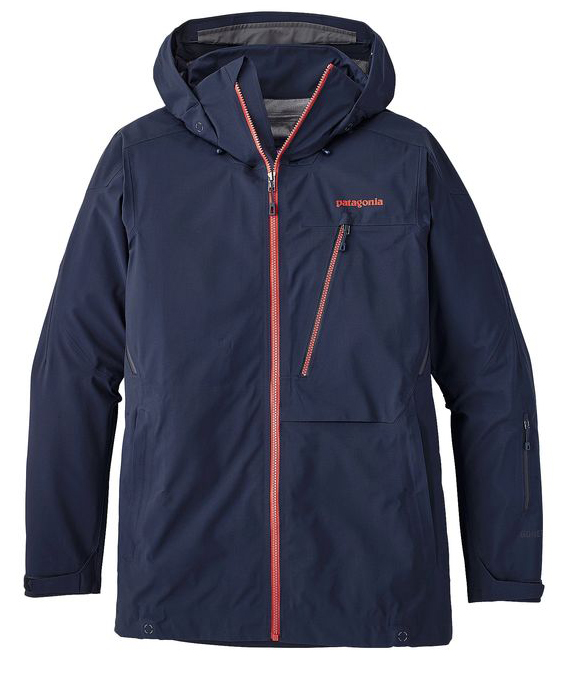
• Jacket 2: Patagonia Houdini Jacket
At 102 g (3.6 oz), the Houdini lives in an easily-accessible pocket in my pack all season long. It is a perfect option when encountering winds or light precipitation without retaining too much heat. It’s ideal for rigorous activity (skinning, booting, etc.) and compliments the thinner / cooler layering approach very well.
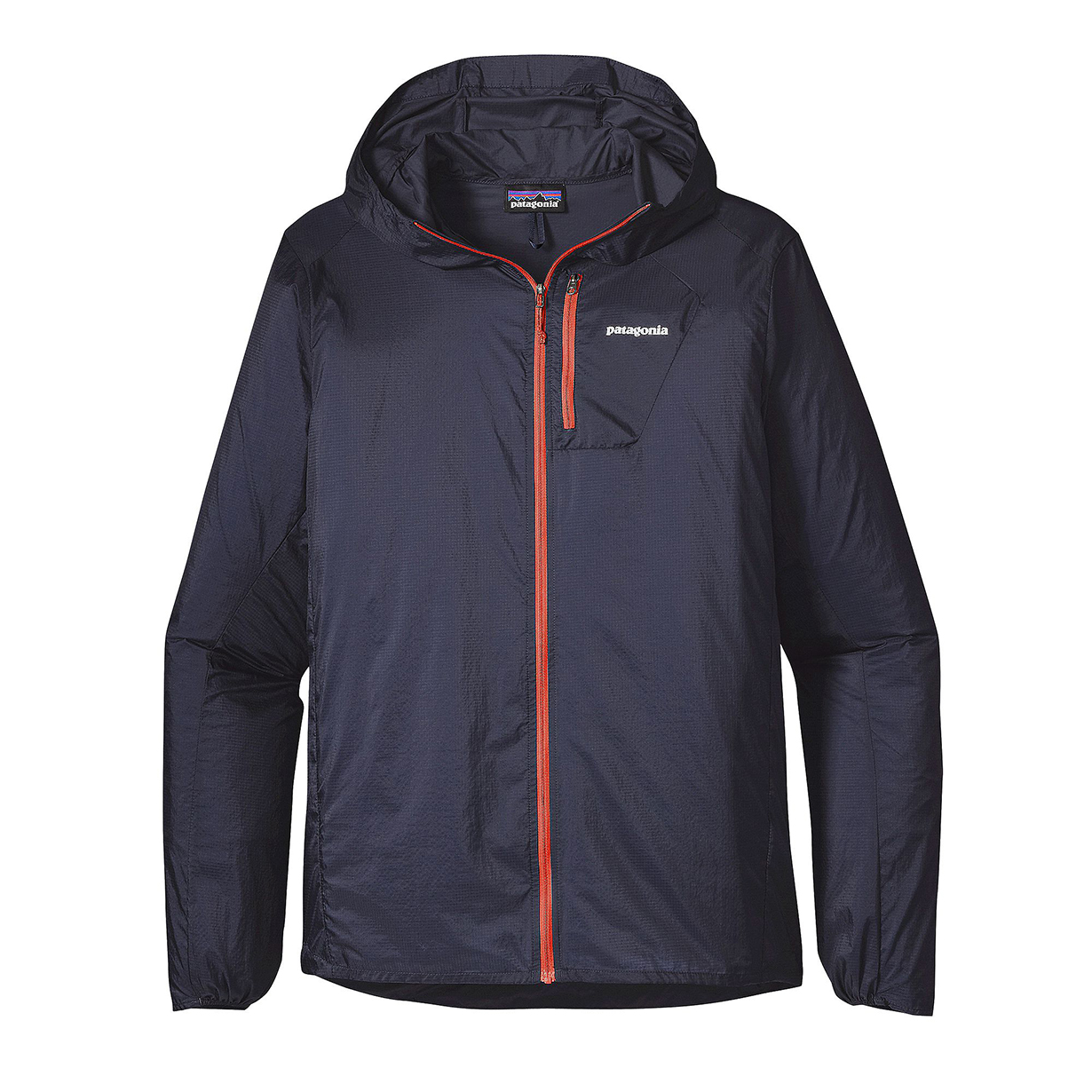
• Pant: Patagonia PowSlayer Bib
From wet and stormy weather to deep powder days, the PowSlayer is my top choice to keep the precipitation and weather out…which is very important when your day may require punching through a couple hundred vertical feet of rain / sleet up to the snow line.The bib feels very light, offers great mobility, and vents extremely well on the way up. The material is a bit on the lighter end for the rigors of snowmachining, but it’s exceptional for touring.
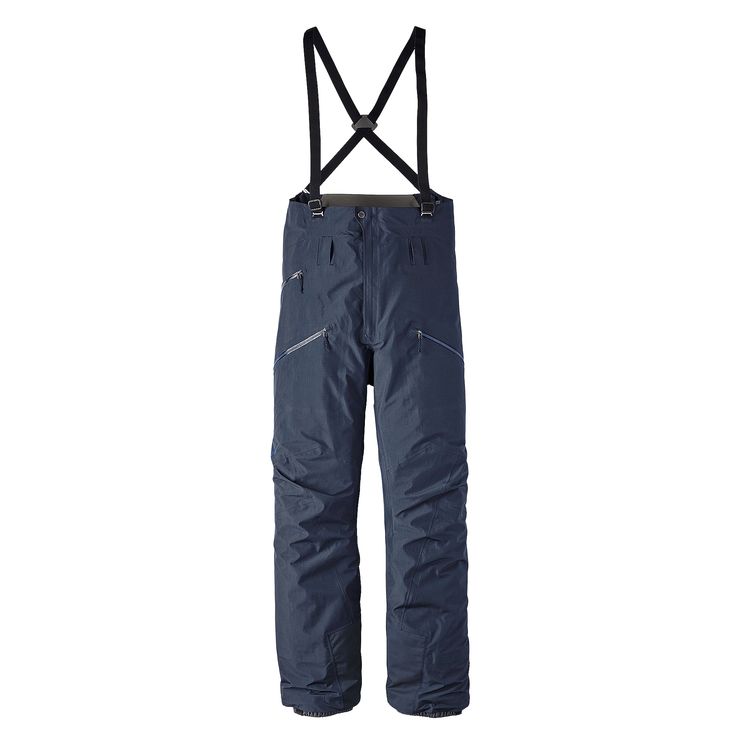
Gloves
• Snowboarding: Kinco Hi-Vis Lined Grain Pigskin Industrial Gloves
These Kinco gloves are some of the best ski gloves I have used for the price. Extremely durable and warm (plus they look like they belong in a Mad Max movie), these work gloves are a great, inexpensive option for all snow sports. I prefer the plastic reinforcement while snowmachining, getting intimate with tight trees, and scraping ice off of the splitboard interface. Like most leather gloves, the waterproofing only lasts for a season or so, but they can be easily re-treated with Sno-Seal to last for multiple seasons.
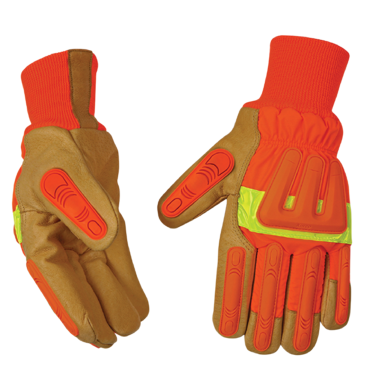
• Touring: HexArmor 5033 SteelLeather III Heavy Duty Gloves
For the ascent, I have always preferred durable leather work gloves to survive 100’s of days of skinning, scrambling, and scraping. Although they do not come with a waterproof insert, These HexArmor gloves can be treated periodically to last many seasons. The palm and knuckles are cut- and puncture-proof, offering great protection and durability on rocky scrambles.
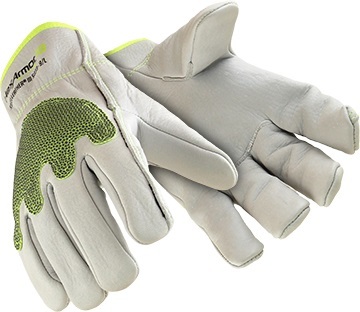
Socks: Smartwool PhD Snowboard Light Ifrane Socks
I am not particularly picky when it comes to socks, but if it’s going to be a long day, the lightly padded sections in the sole, shin, and calf of these Smartwool socks seem to help with abrasion throughout the day.
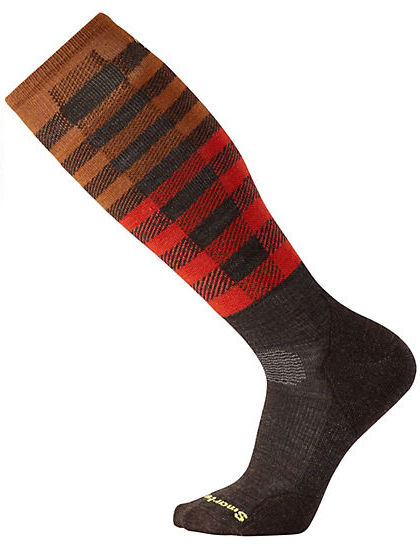
NEXT: Cy Whitling’s Outerwear and Apparel Selections

I enjoyed reading what you guys/Gals wear and why. I use similar pieces and you gave me some ideas on adding a couple, namely the Skins A400 3/4 compression tights. I have been using the CWX compression shorts the past few years along with neoprene knee braces, but I like the 3/4 length better.
I just bought the G-Form Pro-X compression shirt, I have a AC Separation on my left shoulder and a Labrum tear on my right shoulder from a Mountain Bike crash in September, so I have been looking for some form of protection that is not overly bulky and breathes decently.
Keep up the good work.
As someone who has been looking for replacements for his trusty, but kinda old and gross, Marker Spring Gloves – I share your pain JE – I’ve struggled finding good spring / touring gloves. For me not necessarily uphill – but something with the dexterity that works for errands around a cold and windy NYC, a fall tailgate, or for warmer days we seem to keep hitting on trips west to Utah. I’m intrigued not only by Luke’s description of the M1 Trucks – but also the free shipping and returns – not to mention the price! Fingers crossed. Happy Holidays!
For thinnish gloves,, I really like the OR Lodestar gloves. Unlike most gloves of similar thickness they don’t have any membrain.coating or insert.
This has two benefits:
First: breathability and drying time are best in class, so even if you get them wet from snow or sweat, they will dry fast.
Two, the fleece insulation is part of the outer fabric (back nylon and leather palm) so there are no separate layers sliding across each other, to reduce grip and dexterity.
Unlike many others they have a fairly weather resistant nylon back, water resistant Pittards leather palm and finger tips, and the leather is lined with a bonded fleece, where most palms are uninsulated.
Do all of you who ski-tour with an ultralight down jacket not worry that:
1: It will lose loft during the day due to moisture (at the very least from sweat in your clothing from the ascent, if not from snow)?
2: That you will rip those ultralight fabrics/seams if you wipe out, or ski through some trees/brush?